Difference between Soft seal gate valve and hard seal gate valve
Soft seal gate valve and hard seal gate valve are two major categories in the gate valve series. Hard seal and soft seal can sometimes compensate for each other, and
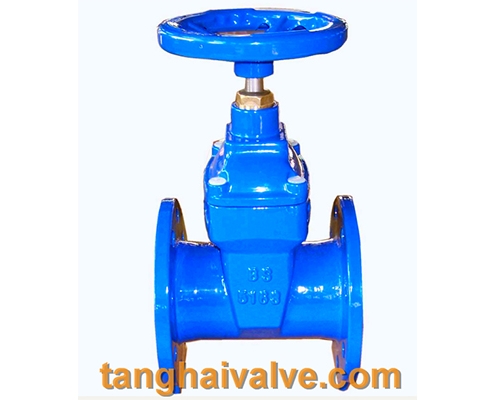
13 gate-valve-5
sometimes they are independent of each other. So what is the relationship between soft seal gate valve and hard seal gate valve? What are the main differences? Next, the editor of Tanghai Valve will solve these mysteries for everyone.
1. Sealing material
Soft seal gate valve: the seal pair is made of metal materials on one side and elastic non-metallic materials on the other side, which is called “soft seal”. This kind of seal has good sealing performance, but it is not resistant to high temperature, easy to wear, and has poor mechanical properties.
Hard seal gate valve: The two sides of the seal pair are made of metal materials or other harder materials are called “hard seals”. This kind of seal has poor sealing performance, but has high temperature resistance, abrasion resistance and good mechanical properties.
2. Structure mechanism
The hard seal gate valve is a seal between metal and metal, and the sealing ball and valve seat are both metal. Machining accuracy and craftsmanship are more difficult, and are generally used in high pressure, usually above 35MPa. The soft seal gate valve is a seal between metal and non-metal, such as nylon\tetrafluoroethylene, and the manufacturing standards are the same.
3. Equipment selection
The selection of soft and hard seal gate valves is mainly based on the process medium, temperature and pressure. Generally, the medium contains solid particles or wears or the temperature is higher than 200 degrees. It is best to use hard seals. Valves with a diameter greater than 50 have a larger pressure difference and consider opening the valve torque. , When the torque is large, the fixed hard-seal ball valve should be selected, and its sealing level can reach 6 regardless of the soft or hard seal.
3. Conditions of use
The soft seal gate valve generally has a very high seal, while the hard seal can be high or low according to the requirements; the soft seal needs to be fireproof, because the material of the soft seal will leak at high temperatures, while the hard seal does not have this problem; Seals can generally be made at very high pressures, but soft seals cannot; soft seals cannot be used in some situations due to the problem of the flowing medium. Finally, hard seal valves are generally more expensive than soft seals. As for manufacturing, there is little difference between the two, mainly the difference between the valve seat, the soft seal is non-metallic, and the hard seal is metallic.
Through the above introduction, I believe everyone can understand the difference between soft seal gate valve and hard seal gate valve. With the continuous development of China’s industrial market, it is necessary to understand the difference between soft seal gate valve and hard seal gate valve, which may not only affect Production efficiency may also greatly affect economic efficiency

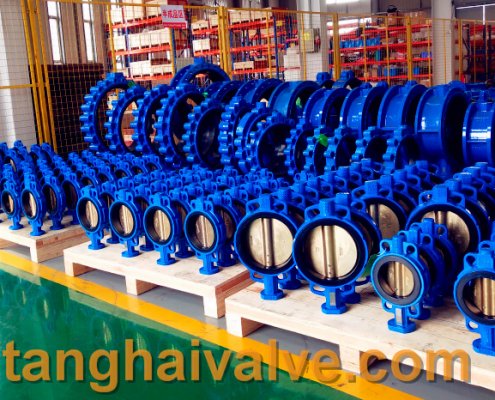
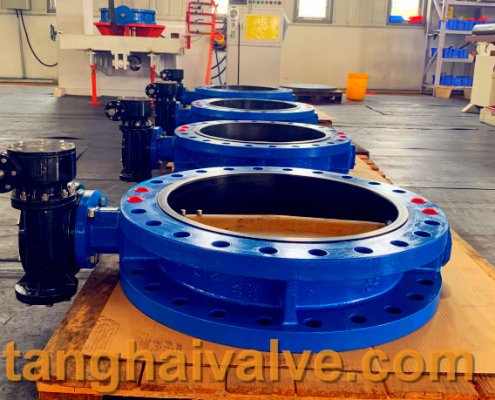
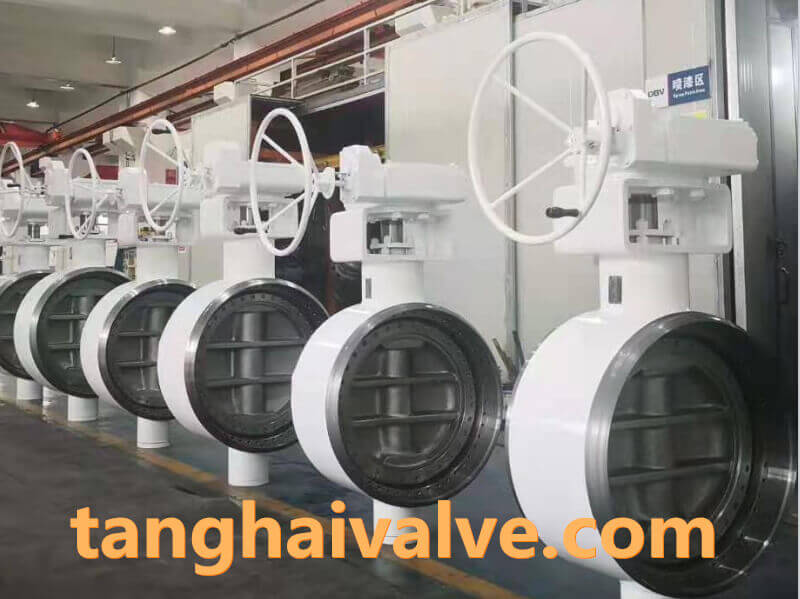
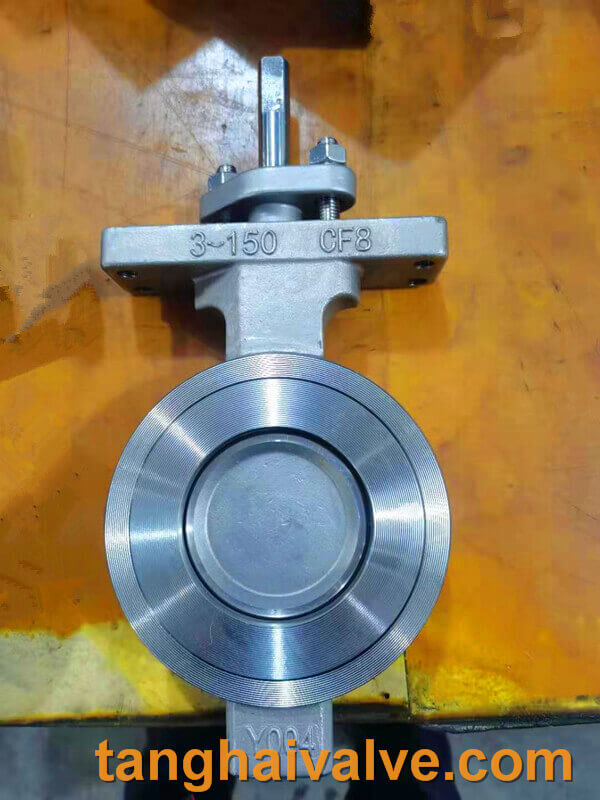
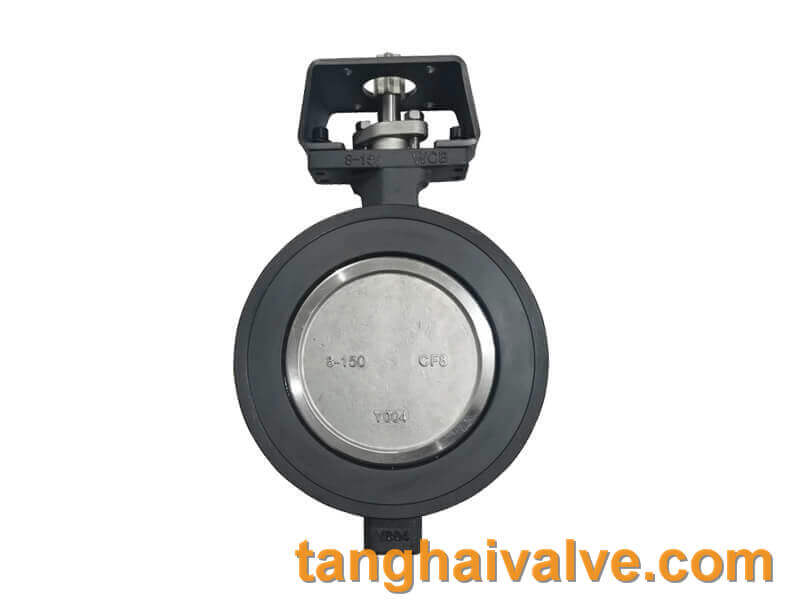
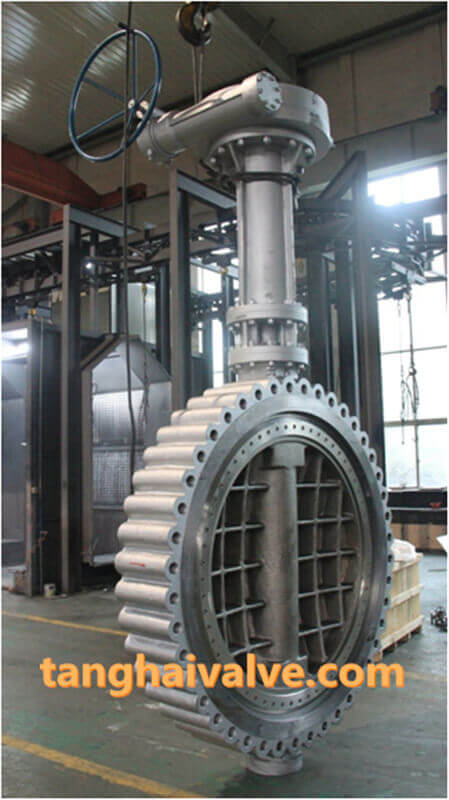
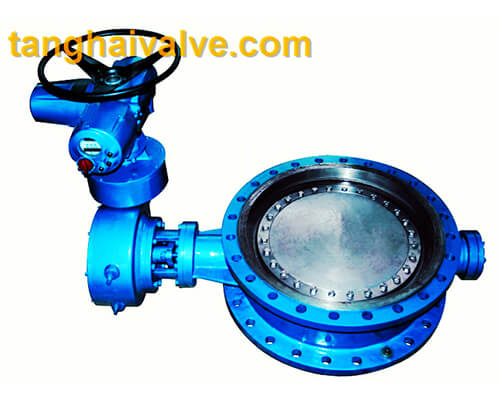
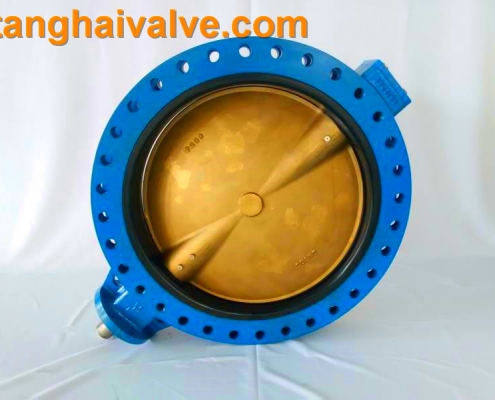
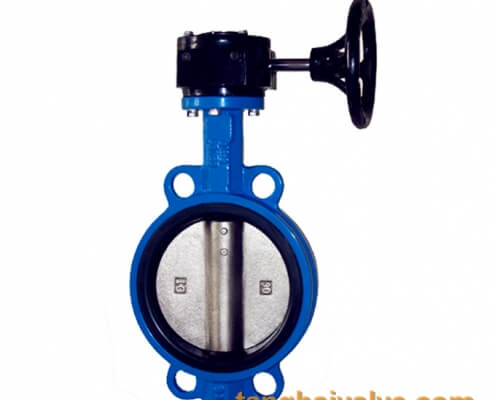
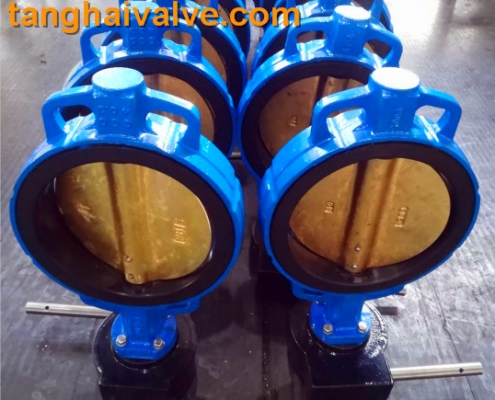


 © Copyright 2020 Tianjin Tanghaidongyang Valve Co., Ltd. All Rights Reserved.
© Copyright 2020 Tianjin Tanghaidongyang Valve Co., Ltd. All Rights Reserved.